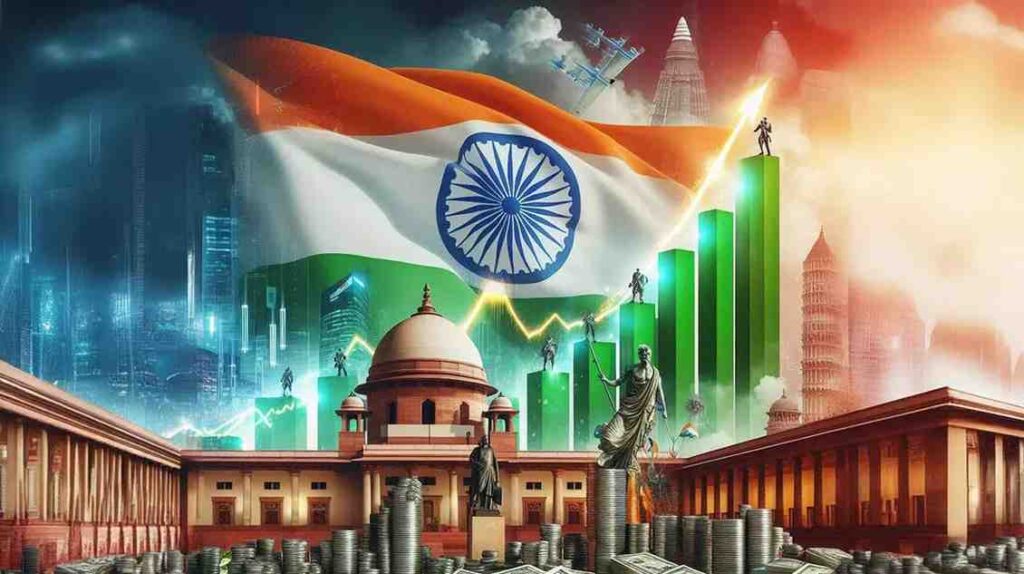
Global Economic Uncertainties Impacting India’s Growth
India’s economic outlook for FY 2025/26 is facing mounting pressure as the Ministry of Finance warns about looming risks from global trade tensions and geopolitical instability. These challenges, according to the ministry, could disrupt supply chains, elevate input costs, and shake investor confidence, factors that are crucial to sustaining momentum in one of the world’s fastest-growing economies. Reinforcing these concerns, the International Monetary Fund (IMF) has revised India’s projected growth rate downward, from 6.5% to 6.2%, signalling the need for economic resilience in an increasingly uncertain global landscape.
Trade Tensions and Their Economic Implications
One of the most pressing threats identified is the continued strain in global trade relations. Trade disputes, particularly those between major economies like the U.S. and China, have reverberated worldwide. The IMF’s Managing Director, Kristalina Georgieva, recently emphasized how “fragmentation” in trade policies and the weaponization of tariffs are dampening global economic prospects. For India, which depends heavily on both exports and imported components in sectors such as electronics and manufacturing, a fragmented trade environment can lead to volatile pricing and project delays. Businesses, facing unclear prospects, often scale back on investments and hiring, further slowing economic activity.
Geopolitical Risks and Their Economic Impact
The Ministry also cited geopolitical flashpoints, including the ongoing tensions between India and Pakistan over Kashmir, and broader conflicts like the war in Ukraine and unrest in the Middle East, as factors adding to economic uncertainty. These situations can disrupt energy supplies, increase the cost of imports like crude oil, and strain India’s foreign policy bandwidth. Investors tend to tread cautiously during such periods of geopolitical unease, leading to reduced foreign direct investment (FDI) inflows and a slower pace of infrastructure development and industrial expansion.
Policy Measures to Mitigate Economic Risks
In response to these intertwined risks, the Ministry of Finance has reiterated its commitment to a prudent fiscal policy. One of the key strategies involves reducing public debt and increasing domestic savings, both of which can create more room for private sector credit and investment. The government also intends to accelerate structural reforms, such as the simplification of labour laws, digitization of services, and a stronger push for infrastructure creation under initiatives like Gati Shakti. These efforts are designed not only to buffer the economy against external shocks but also to make it more attractive for long-term capital.
Global Economic Outlook and Its Implications for India
The IMF’s broader assessment paints a similarly cautious picture. Global economic growth is now expected to slow to 2.8% in 2025, down from earlier estimates of 3.1%. Advanced economies are likely to experience a sharper slowdown, with inflation remaining sticky and interest rates staying elevated longer than previously anticipated. Emerging economies like India, though still poised for relatively stronger growth, are vulnerable to falling global demand and increased costs of capital. A decline in export orders, for example, can ripple across sectors from textiles to information technology, which together form a significant portion of India’s GDP and employment base.
Conclusion: Navigating Economic Challenges
India stands at a critical economic crossroads, with external risks mounting even as internal fundamentals remain largely stable. The downgrade of the growth forecast from 6.5% to 6.2% may seem marginal on the surface, but it reflects deeper concerns about the durability of recovery in an unpredictable world. Yet, India’s large domestic market, youthful workforce, and increasingly tech-driven economy offer a buffer and an opportunity. Policymakers now face the challenge of not only defending growth in the short term but also laying the groundwork for long-term resilience. By reinforcing economic buffers, encouraging investment, and continuing structural reforms, India can aim to not just weather this storm but emerge stronger.

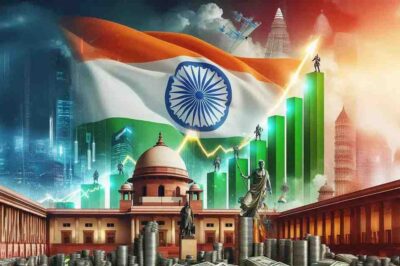




























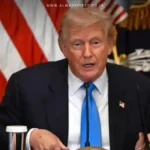
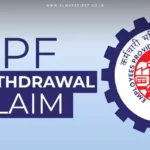



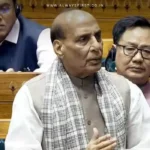

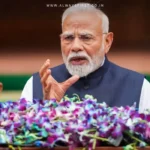

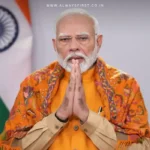

Leave a Reply